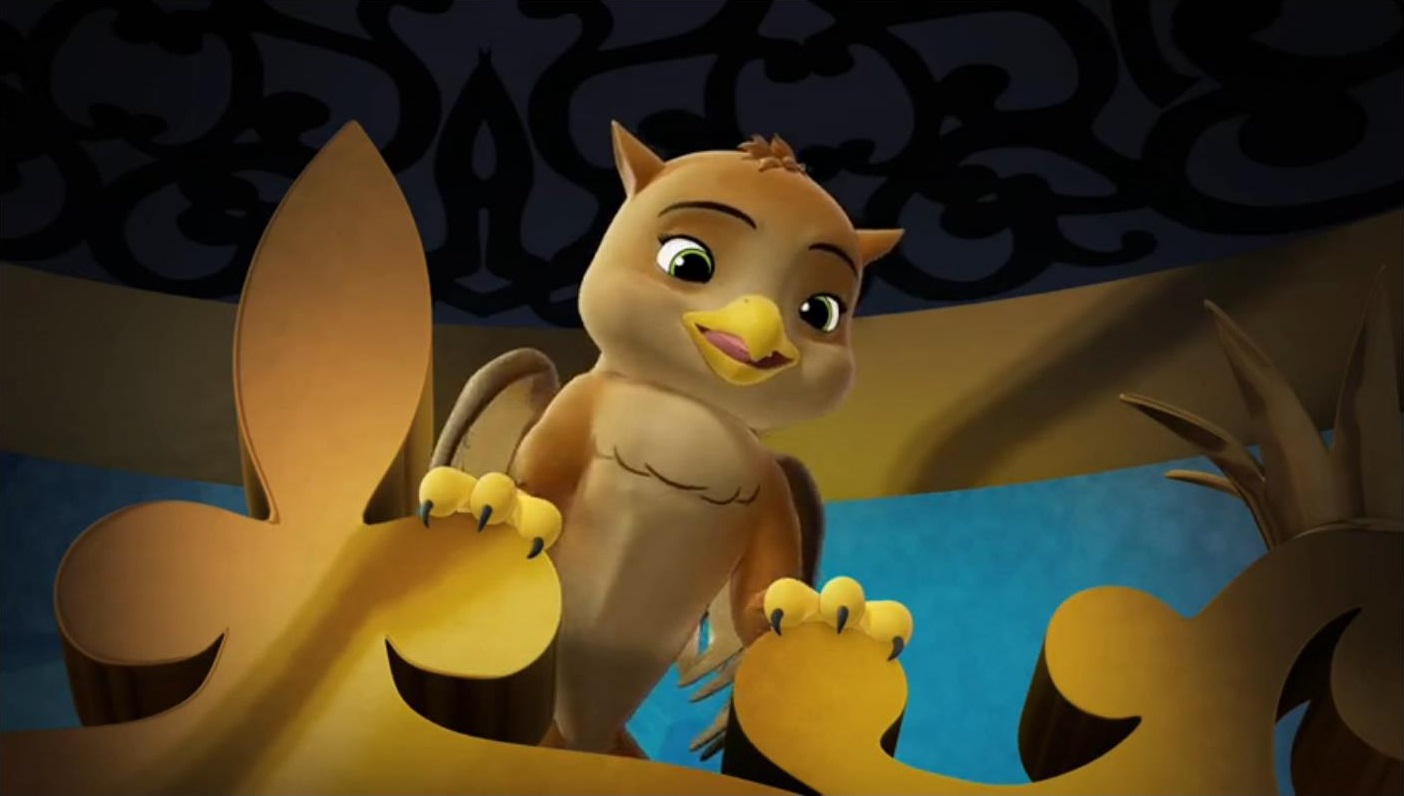
#Gryphon kingdom two crowns wiki full
This happens roughly every forty-five seconds, which means you're able to produce a maximum of sixteen coins in a full day-night cycle. Kingdom Two Crowns – The unicorn can graze at any time, but will only produce coins after a flashing animation much like that of the warhorse has occurred. Kingdom: New Lands – The unicorn poops out three coins every time it grazes-and it can graze every fifteen seconds ( disregard the frequency on the edited GIF). In the Trade Routes challenge island, which takes place in the Dead Lands setting, it can be found on the summer island (the second land), and it costs six coins to make it appear, and twelve coins to ride. The Monarch must pay four gems at the tree to make its magic inhabitant appear, and twelve coins at the mount to ride it. Kingdom Two Crowns – In the regular campaign the unicorn is always on the fifth island on Europe, Shogun and Dead Lands settings. Kingdom: New Lands – The unicorn is unlocked on the fifth island, after which it can be found on any island.įor details on how the unlocking process works, see Signpost. While in New Lands the unicorn itself can be spotted right away along with its tree, in Two Crowns it remains invisible until the Monarch unlocks it. It can be recognized by a large tree with blossoms and mushrooms on the ground, along with a magic-like chiming sound in the background. From about 1100 it was placed on a column on the roof of Pisa Cathedral until replaced by a replica in 1832 the original is now in the Museo dell' Opera del Duomo (Cathedral Museum), Pisa.The unicorn's habitat is located deep in the forest. It is the largest bronze medieval Islamic sculpture known, at over three feet tall (42.5 inches, or 1.08 m.), and was probably created in the 11th century in Al-Andaluz (Islamic Spain). The Pisa Griffin is a large bronze sculpture that has been in Pisa in Italy since the Middle Ages, though it is of Islamic origin. The modern generalist calls it the lion-griffin, as for example, Robin Lane Fox, in Alexander the Great, 1973:31 and notes p. 506, who remarks a lion-griffin attacking a stag in a pebble mosaic at Pella, perhaps as an emblem of the kingdom of Macedon or a personal one of Alexander's successor Antipater. The Achaemenids considered the griffin "a protector from evil, witchcraft and secret slander". In Central Asia, the griffin appears about a thousand years after Bronze Age Crete, in the 5th–4th centuries BC, probably originating from the Achaemenid Persian Empire. It continued being a favored decorative theme in Archaic and Classical Greek art. Early depictions of griffins in Ancient Greek art are found in the 15th century BC frescoes in the Throne Room of the Bronze Age Palace of Knossos, as restored by Sir Arthur Evans.

Griffin depictions appear in the Levant, Syria, and Anatolia in the Middle Bronze Age, dated at about 1950-1550 BC. In Iran, griffins appeared on cylinder seals from Susa as early as 3000 BC. In Egypt, a griffin can be seen in a cosmetic palette from Hierakonpolis, known as the "Two Dog Palette", which is dated to ca. There is evidence of representations of griffins in Ancient Iranian and Ancient Egyptian art dating back to before 3000 BC. following the griffin is the Collegiate phrase "Strength Through Unity" History The Griffin is used as the symbol for Brisbane Waters Secondary College on the Central Coast of New South Wales, Australia. In the past griffin was a symbol of strength and dexterity. It has the body, tail, and back legs of a lion the head and wings of an eagle and sometimes an eagle's talons as its front feet. The griffin or gryphon (less often called gryphen, griffon, griffen, or gryphin) is a legendary creature, an animal belonging to the world of mythology, story telling and fantasy.


 0 kommentar(er)
0 kommentar(er)
